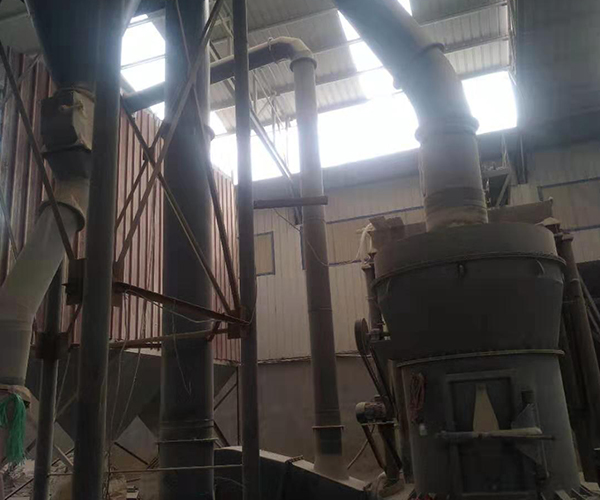Contact: Manager Qu
Phone: +86 15330915520
Contact: Manager Liu
Phone: +86 13464791403
Address: Dashiqiao City, Liaoning Province
Magnesia chrome brick price Magnesia alumina spinel brick This product is to improve the thermal shock stability of magnesia products. The magnesia spinel is made of magnesia and magnesia spinel as the main minerals. Alkaline products have the characteristics of good thermal shock stability, strong corrosion resistance and high high temperature strength, and are increasingly used in cement kilns and steel kilns. Gunning material
Magnesia-iron spinel bricks are based on high-purity magnesia and iron-aluminum spinel. By adjusting the amount of iron oxide and magnesium-iron spinel, the firing temperature and firing atmosphere are strictly controlled, so that the product has good flexibility. It is a new product for the lining of large-scale dry-process cement rotary kilns for its durability, kiln-hanging performance, thermal shock stability and corrosion resistance.
Dolomite bricks are made of a single raw material, namely sintered dolomite, which has good bonding properties, but is easy to hydrate, and requires high storage and transportation conditions. It is widely used in alkaline converters to burn oil-immersed magnesia dolomite bricks. Used as the inner lining of some refining furnaces outside the furnace.

The main reason for the damage of the VOD lining is the erosion of high temperature and low-temperature slag. During the refining, the molten steel can be strongly stirred by blowing oxygen at the top and blowing argon at the bottom. The operating conditions are harsh. The 35VOD furnace for refining stainless steel in Japan usually has stagnant molten steel. The flow time is 300min, and the usage frequency is 2~3 times/day. The VOD lining uses magnesia-chrome bricks with high corrosion resistance and stability under vacuum. Directly bonded magnesia-chrome bricks are used for the bottom and molten steel parts. The slag line uses semi-recombined chrome bricks. The service life of VOD lining is about 75 times.
Chromium oxide is one of the main components of magnesia-chromium refractories. Appropriate addition of chromium oxide with high purity and small particle size to magnesia-chromium refractories has the following three aspects:
(1) Increase the direct binding rate
When the content of Cr203 in periclase increases, the dihedral angle between silicate melt and periclase increases. This principle also leads to silicate and magnesia-chromium spinel compared with silicate and silicate. The wettability between the magnesia-iron spinels is worse; this phenomenon also causes the silicate to be distributed only in the form of islands between the magnesia-chromium spinels, and the direct bonding in the magnesia-chrome brick body also increases.
(2) Improve strength
During the sintering process, the periclase solid solution in the magnesia-chromium refractory material has the dissolution of spinel during the re-dissolution process of silicate. Because their crystal structure is similar, spinel can be in the periclase crystal A large number of secondary spinel is formed around, which improves the strength of the product and improves the slag resistance; and adding high-purity small particles of chromium oxide to the magnesia chrome brick can promote the formation of spinel and promote the secondary spinel Formation.
(3) Increase slag viscosity
When the magnesia-chromium refractory contains more chromium oxide components, due to the low chemical activity of the chromium oxide components, when chromium oxide is present in the slag, the viscosity of the slag component increases.
Due to the presence of magnesia-iron spinel, iron oxides can promote the sintering of magnesia-chromium refractories to a certain extent, but due to the existence of valence of iron oxides, and the solid solution of two oxides FeO and Fe2O3 in periclase The temperature is slightly different. This causes the magnesia-chromium products with high iron oxide content to be unsuitable for copper smelting production with unstable atmosphere and unstable temperature.
If a magnesia-chromium refractory with a higher iron content is used in a copper converter, it is possible to form a skyrocketing and loose layer due to the following phenomena: Under high temperature reduction, the Fe2O3 in the periclase solid solution will be reduced to FeO, and Low-iron spinel is formed in the brick body; and under the temperature reduction or oxidizing atmosphere, the low-iron spinel will be oxidized again to generate MgO·Fe2O3; and the volume change in the process will cause magnesium The inflation of chrome refractories and the formation of evacuation layers.
The above-mentioned substances on the use of magnesia-chromium refractories in the copper smelting process are not only their own influence on magnesia-chromium refractories, but also their interaction with iron-silicon slag and SO2 atmosphere.